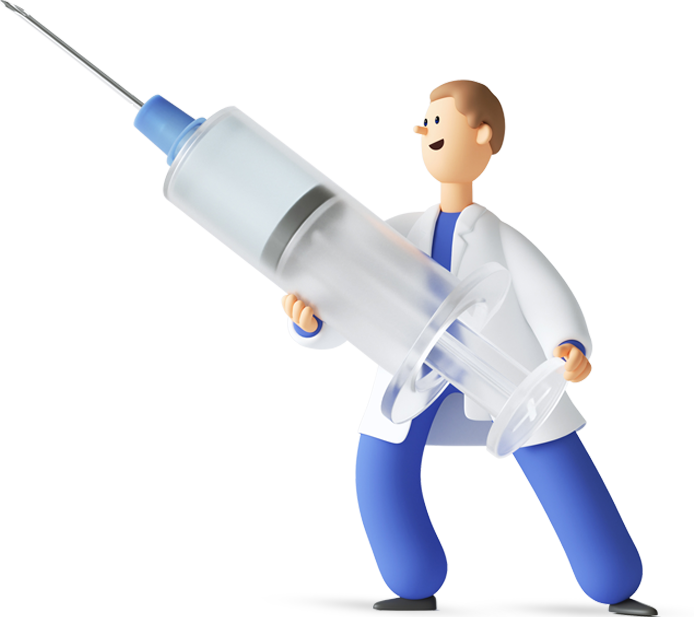
What is Astigmatism and How Does It Occur?
Astigmatism is a refractive error that causes blurred vision due to focusing problems in the eye. Irregular curvatures of the cornea or lens in the eye cause light not to focus properly. Other vision problems can also develop with astigmatism, for example myopia (nearsightedness) or hyperopia (farsightedness). Astigmatism can combine with such refractive errors to cause more complex vision problems.
What Causes Astigmatism?
Astigmatism is caused by irregularities in the curvature of the cornea or lens in the eye. Normally, light is focused uniformly on the retina, whereas with astigmatism, light is focused at two different points, causing blurred vision. Other refractive errors in the eye, myopia and hyperopia, can also occur with astigmatism.
Different types of astigmatism:
Myopia Astigmatism: It is a combination of myopia and astigmatism. Curvatures of the cornea or lens in the eye cause light to focus in front of the retina. This leads to near vision problems and blurred vision.
Hyperopia Astigmatism: It is a combination of hyperopia and astigmatism with distance vision problem. The light in the eye is focussed behind the retina, which leads to distant objects not being seen clearly.
Mix Astigmatism: Myopia in one eye and hyperopia in the other eye. It can be caused by genetic reasons and eye injuries or surgeries can also cause the development of mixed astigmatism.

What are the Symptoms of Astigmatism?
Symptoms of astigmatism are usually as follows:
- Blurred Vision: Objects at near or far distances may not be clearly visible.
- Eye Fatigue: Pain or tiredness in the eyes, especially during prolonged reading or writing.
- Headache: Overworking of the eye muscles can cause headaches.
- Night Vision Problems: Loss of vision may occur at night or in low light.
- Squinting: It may be necessary to squint to see more clearly.
How is Astigmatism Diagnosed?
Astigmatism is diagnosed by a comprehensive examination by an ophthalmologist. Some of the tests used in this examination are as follows:
- Eye Chart: Visual acuity is tested.
- Foropter Test: Defects in the eye are detected with the test performed on the lenses.
- Automatic Refractor: Astigmatism and other refractive errors are determined by measuring how light changes.
- Keratometry and Corneal Topography: Astigmatism can be diagnosed by measuring the curvature of the cornea.
How to Correct Astigmatism?
The aim of astigmatism treatment is to correct the focusing problem in the eye and improve the clarity of vision. Treatment methods are as follows:
- Glasses: Special lenses are used for the correction of astigmatism. These lenses ensure that the light is properly focussed.
- Contact Lenses: Contact lenses may also be effective in correcting astigmatism. Lenses correct the curvature of the eye.
- Refractive Surgery: In cases where glasses or contact lenses are inadequate, refractive surgery methods (such as LASIK) can be applied.
- Tags:
- astigmatism
- blurred vision
- myopia


